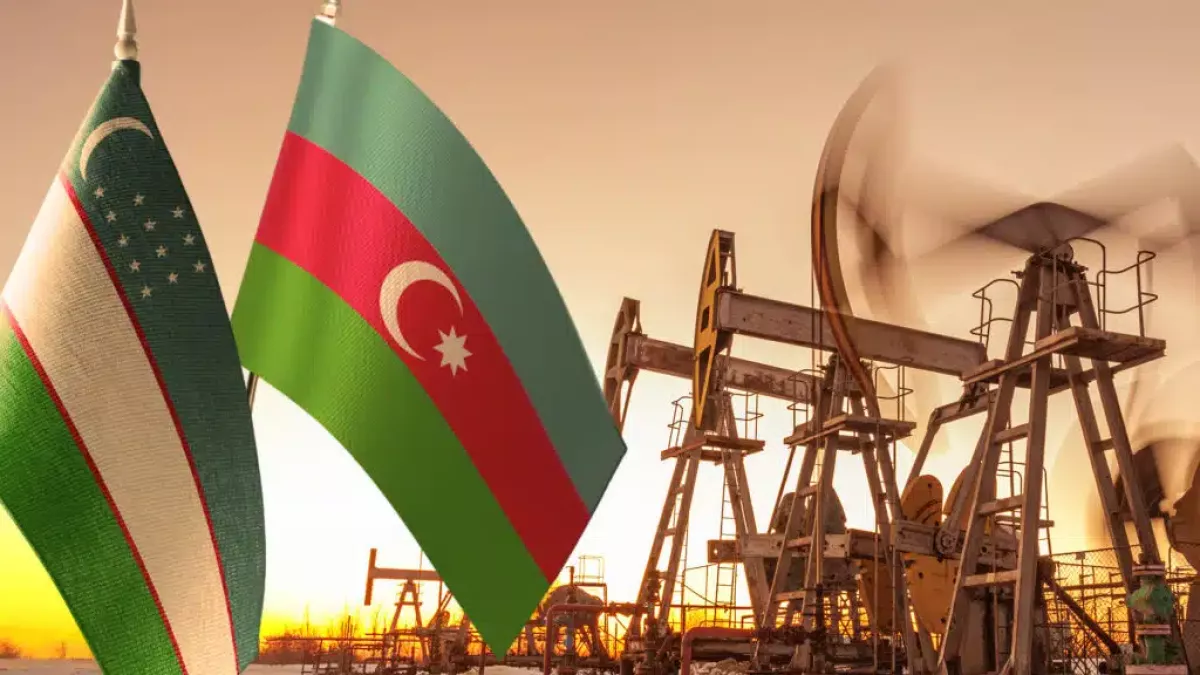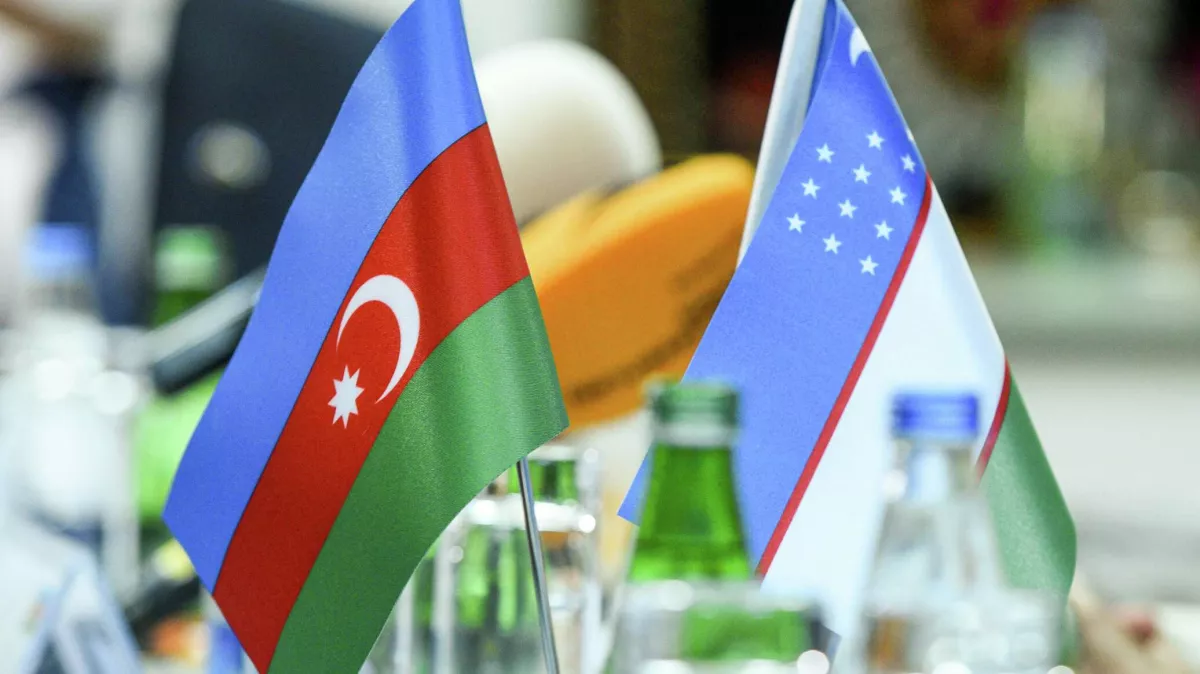Azerbaijan and Uzbekistan form a new energy axis in Central Asia Analysis based on insights by Robert M. Cutler for Asia Times
A new strategic alignment is taking shape in the heart of Eurasia. The recent production sharing agreement (PSA) between Azerbaijan’s state oil company SOCAR and Uzbekistan’s Ministry of Energy marks a significant departure from the legacy energy models that have long tied Central Asia to Russian and Chinese spheres of influence. As Robert M. Cutler compellingly observes in his Asia Times analysis, this bilateral pact signals not only a deepening of energy cooperation but also a broader geopolitical reconfiguration led by regional actors themselves.
At its core, the PSA represents a new generation of agreements—rules-based, institutionally embedded, and strategically motivated. SOCAR’s entrance into Uzbekistan’s Ustyurt region, enabled by Tashkent’s reformed PSA framework, is more than a commercial move. It reflects a convergence of long-term national strategies: Azerbaijan’s bid to reposition itself as a regional energy services hub, and Uzbekistan’s careful diversification of partnerships to escape dependency on larger powers.

Cutler highlights how this agreement illustrates a quiet but decisive transition: Azerbaijan and Uzbekistan are no longer mere transit states or passive participants in global energy flows. Instead, they are increasingly defining the terms of engagement themselves—drafting agreements that attract investment while preserving sovereign control. Uzbekistan’s shift since 2016 toward a liberalised, investor-friendly energy environment now pays dividends, with SOCAR’s involvement both a litmus test and a validation of these reforms.
Furthermore, the PSA exists within a lattice of broader initiatives, most notably the Caspian Green Energy Corridor—a trilateral framework with Kazakhstan aimed at exporting renewable energy to Europe. The July 2025 establishment of the Green Corridor Alliance represents a tangible institutionalisation of these ambitions, connecting Central Asian grids through high-voltage subsea cables and integrating them into EU energy architecture. Here too, Cutler notes, Azerbaijan plays a key role—not only as a hydrocarbon exporter but increasingly as a logistics and regulatory broker.

Beyond the infrastructure, however, lies a deeper transformation. As Cutler underlines, the Azerbaijan–Uzbekistan partnership reflects a deliberate effort to create “a self-designed energy order” in Eurasia. Unlike previous decades where Moscow or Beijing shaped the rules of engagement, this axis is rooted in regional agency. That Uzbekistan concluded the PSA without deference to Russian or Chinese intermediaries—and that the legal frameworks align more with EBRD or World Bank standards—speaks volumes.
Crucially, this eastward pivot for Azerbaijan expands Baku’s foreign policy reach beyond the South Caucasus and its traditional westward energy corridors. It positions the country as a transregional integrator, capable of translating energy cooperation into broader political and institutional influence—especially within platforms like the Organisation of Turkic States (OTS).
In sum, the SOCAR–Uzbekistan PSA is not just a technical contract—it is a geopolitical inflexion point. It affirms the maturation of Uzbekistan’s energy governance and reinforces Azerbaijan’s strategic identity as a bridge between regions, sectors, and systems. As Cutler’s analysis makes clear, this is a moment of Eurasian realignment driven not from Washington, Moscow, or Beijing—but from within.
By Vugar Khalilov








